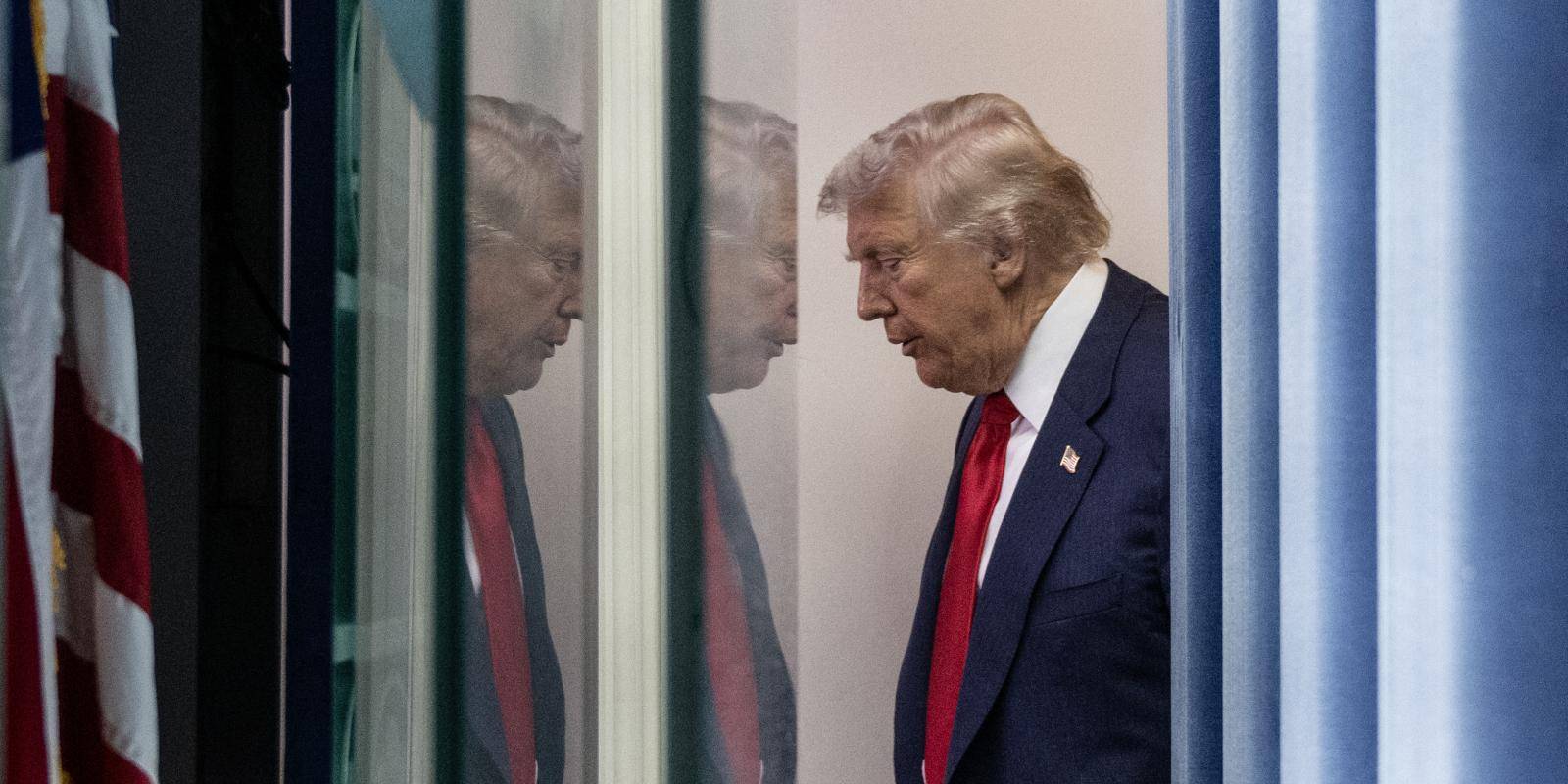How to Change the World: One Person Can Make a Lasting Impact

“Be the change you wish to see in the world.” Most of us have heard this quote by Mahatma Gandhi and perhaps even been inspired by it. It’s a beautiful sentiment and one that reminds us how everyone has the power to make an impact. Whether it’s by volunteering at a food bank, starting a nonprofit, or caring for your kids, what you do today can lead to lasting change.
But sometimes when we hear about so many global issues on the news, it can be difficult to believe that just one person can make a difference. Luckily, social change doesn’t have to happen instantly or on your own. By working together with your community to change lives one day at a time, your actions can have a meaningful impact.
If you’re interested in making the world a better place, read on to discover how one person can change the world and what makes a social change project successful. Then, discover a few tips on how you can change lives for the better.
How Much Can We Really Make an Impact in Our World?
For as long as humans have been around, we’ve been asking ourselves questions about our purpose in life and how we can best fulfill it. These existential questions seem to be a part of human nature and often drive people to start social innovation projects so they can leave a meaningful mark on the world.[2] But sometimes, it’s hard to see what difference one person can make and how we can help our local and global communities.
Even if you’re not trying to solve world hunger or global warming, brainstorming ways to help your community can make a big difference. When we help others, it doesn’t stop with us. Studies have found that when we help others, those around us are more likely to help, too.[3] This means that the more we give our time or resources to the issues we care about, the more others will give in return. In that way, one person’s actions really can change the world for good.
Altruism is contagious and if you’re figuring out how you can make a difference, take it one day at a time. You may not always see how you impact the people you’re serving, but everything you do to promote change can add up over time. If every person committed to just one act of kindness a day, think how much better our world would become.
Want to Know How to Change the World? Start with One Person
At some point in our lives, most people find themselves declaring, “I want to change the world.” We are all hardwired to help others, and altruism is a part of what it means to be human.[5] This is what causes people to volunteer or dedicate their lives to something greater than themselves.
But meaningful or effective change isn’t always instant nor is it large-scale. Real impact can take months or years, and making the world a better place often means bettering it for a few people at a time. Every time you change just one person’s world, you’re starting a butterfly effect with the potential to improve lives for generations to come.
Asking yourself, “How can I make a difference? I’m just a single person.” Keep this poem by Edwin Osgood Grover in mind:[4]
“I am only one,
But still I am one.
I cannot do everything,
But still I can do something;
And because I cannot do everything,
I will not refuse to do the something that I can do.”
If you’re not sure what you can do to help others, consider what “the something that you can do” is. Maybe you’re a teacher and have noticed a child in your class is struggling to learn math. Or maybe you’re a parent and want to teach your family how to help others through the power of community service. Because everyone’s life is different, the opportunities you have to serve others are unique but essential for bettering the world around us.
Health Benefits of Giving Back to the Community
When we think about the benefits of helping others, our motivations are usually altruistic. But the benefits of volunteering, doing community service, and finding ways to help those around us also extend to ourselves. Our physical, mental, and social-emotional health all flourish the more we serve our local and global communities.
Happiness may seem elusive, but what makes our lives happy and fulfilled is a key topic in social science. And studies show that we’re at our happiest when we make time for others.[3] A team of sociologists tracked people over five years and found that Americans who rated themselves as “very happy” volunteered five or more hours a week, on average. Helping others gives us a neurological boost and strengthens our social bonds, both of which are a recipe for long-term happiness.
What are the Benefits of Trying to Change the World?
In terms of physical benefits, making a difference in your community can increase your lifespan. Researchers found that seniors who regularly served others lived longer, on average, than those who didn’t.[3] The reasons are complex, but in part because people who volunteer often report lower levels of stress and depression. And what’s more, helping others can lower your blood pressure–people who volunteer for at least 200 hours a year can decrease their risk of hypertension by as much as 40 percent.[3]
And overall, giving back can help you find purpose and a sense of belonging. People who volunteer are more likely to feel like their lives have a purpose and are full of meaningful relationships.[3] Rates of loneliness and isolation plummet the more we serve those around us. When we’re helping others, we’re helping the whole community–including, as it turns out, ourselves.
In short, why is compassion so important for personal well-being? Consider the benefits:
Happier mood
Lower blood pressure
Decreased risk of chronic stress, loneliness, and depression
Longer average lifespan
Greater sense of purpose and belongingWhat Made People Who Changed the World Successful?
So you’ve decided that you want to make a positive impact: this is the beginning step to changing your community for the better. But how can you make sure that you have an effective and lasting impact? Knowing the right strategies can help you or your group help as many people as possible.[8] Keep these four tactics in mind, along with examples of social change achieved by people who made a difference.
First, do your research.[7] Once you’ve picked a problem in your community, find out what’s already been done to try to solve it. Where did previous efforts succeed, and where did they fail? What were they missing that you could provide? Knowing the answers to these questions will arm you with the insight you need to make a solution while avoiding common mistakes.
Once you’ve immersed yourself in research, make a plan of action and write it down.[7] Studies show that written goals are significantly more likely to be achieved than non-written ones.[9]
Set goals and ways to measure progress for yourself, such as:
Why is this goal important to you?
How often will you volunteer your time or resources towards this goal?
What are your next steps?
How much do you hope to achieve in a month? A year? Five years?
What is your ultimate goal and how will you know when you’ve achieved it?How Jaime Escalante Made an Impact in His Community
Take Jaime Escalante, for example. Escalante taught math in Los Angeles and discovered a way to teach his struggling students. He put together a strategy that helped poorly-performing students not only grasp basic math skills but pass the AP Calculus test. Through crafting his program and researching the best ways to help his students, he was able to change thousands of lives.[10]
Additionally, find like-minded people who are willing to help. Most ways to change the world depend on support–even if you have life-changing ideas, you can’t do it alone.[8] In the early twentieth-century, Maria Montessori noticed that children learn better with hands-on activities and enlisted researchers to test her theory. They found that her educational techniques were helpful for young children, particularly those with autism.[11] To this day, Montessori education systems or activities are used to help children learn all over the world.
But never underestimate the power of changing one person’s life. Twenty-year-old Anne Sullivan graduated from Perkins School for the Blind and moved across the country to teach a deaf-and-blind girl named Helen how to communicate with the world around her. Helen Keller grew up to be an advocate for those with disabilities and remained close friends with Sullivan for her entire life.[12] Don’t think that because you’re only helping a few people that your contribution doesn’t matter.
How to Change the World: Make the World a Better Place, One Life At a Time
If you’re figuring out how to make a difference in the world, you don’t always have to think globally. Every act of service you do adds up and can lead to lasting change.
Keep these tips on how to help the world around you in mind while exploring ways that you can make a difference:
Try giving back to your community. Research charities and nonprofit organizations in your area and volunteer a few times a month [1]
Stand up for causes that you care about. If you want to protect the environment, for example, attend a protest to save an endangered species or organize an Earth Day celebration
Do random acts of kindness for loved ones or people you meet throughout the day. Even little things like calling a friend or buying a stranger’s lunch can turn their day around
Find like-minded people who are committed to the same cause as you and can help you make an impact. [8]
Don’t work yourself to exhaustion. If you don’t take care of yourself, you won’t have the energy to take care of others






